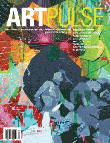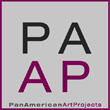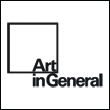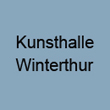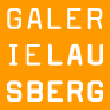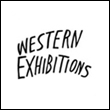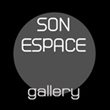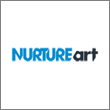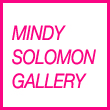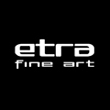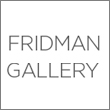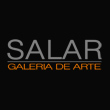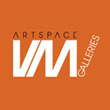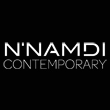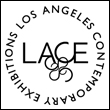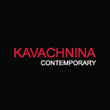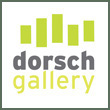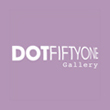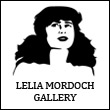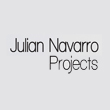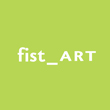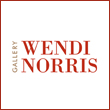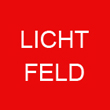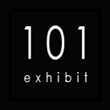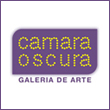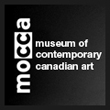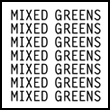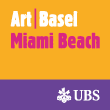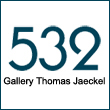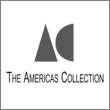« Reviews
Fiona Tan
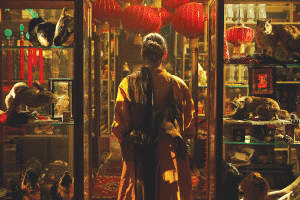
Fiona Tan, Disorient, 2009, HD installation colour, 5:1 surround, 2 HD-cam safety masters, 2 HD projectors, 2 computers, 2 surround amplifiers, surround speakers. Photo courtesy of Museum voor Moderne Kunst, Arnhem.
Museum voor Moderne Kunst - Arnhem, The Netherlands
Curated by Mirjam Westen
Disorient relocated
By Caridad Botella
Fiona Tan (1966) represented the Netherlands in the past edition of the Venice Biennale with the double projection Disorient. The MMKA brings it together with the photo series West Pier I-V and early video installations, such as Slapstick (1998) and Rain (2001), in a spectacular exhibition which digs deeper into Tan’s Venice statement. Curator Mirjam Westen and the artist have not limited their work to bringing Disorient to Arnhem, not at all. Disorient is now shown in a new context, and it therefore requires a new exhibition concept; the result is a combination of video installations, photographs and a selection of objects from, among others, the History Museum of Arnhem, specially made by the artist for this exhibition. Disorient in Arnhem brings forward not only surprising connections and parallelisms between past and present ideas and prejudices about the East, but also places Dutch heritage in its colonial context.
The starting point for Tan’s video work Disorient is the important role that Venice played as an intersection between East and West in the thirteenth century. The voiceover narrates Marco Polo’s travel journals, while we see actual images of Eastern countries such as Afghanistan, China and Japan. Tan’s critique of Marco Polo is his superficial merchant’s view of other foreign cultures, through which he only saw a commercial potential and he spread an array of misconceptions and prejudices, which are still in use today. The second video navigates slowly through a Wunderkammer. The artist imagines what Marco Polo’s private museum would have looked like, full of treasures from the East. This video was filmed in the Rietveld Pavilion itself, which hosted hundreds of objects shipped from the Netherlands. There could not be a better way to stress the contextual importance of Venice in Tan’s work, in which gestures play an important role.
What about Arnhem as a context, then? Well, Disorient waits at the end of our visit. The first part of the exhibition is the outstanding selection made by Tan of not only museum objects (200 Chinese ceramic vases, Persian carpets, etc), but also 50 drawings and watercolors by Dutch sailor and writer Quirijn Verhuell, created in the nineteenth century during his travels in the Indonesia. Tan builds a Wunderkammer in Arnhem in order to show us how this interaction between East and West also made its way into museum collections, and how both worlds actually influenced each other and how they actually still do. When we get to Disorient, in the second room of the exhibition, we can look through the black fabric covering the window and see the river Rhine, a beautiful vista and one of the channels through which contact between the two worlds Tan explores was made possible.
(March 28 - June 20, 2010)
Caridad Botella is an art critic based in Amsterdam. She is the director of Witzenhausen Gallery.
Filed Under: Reviews

